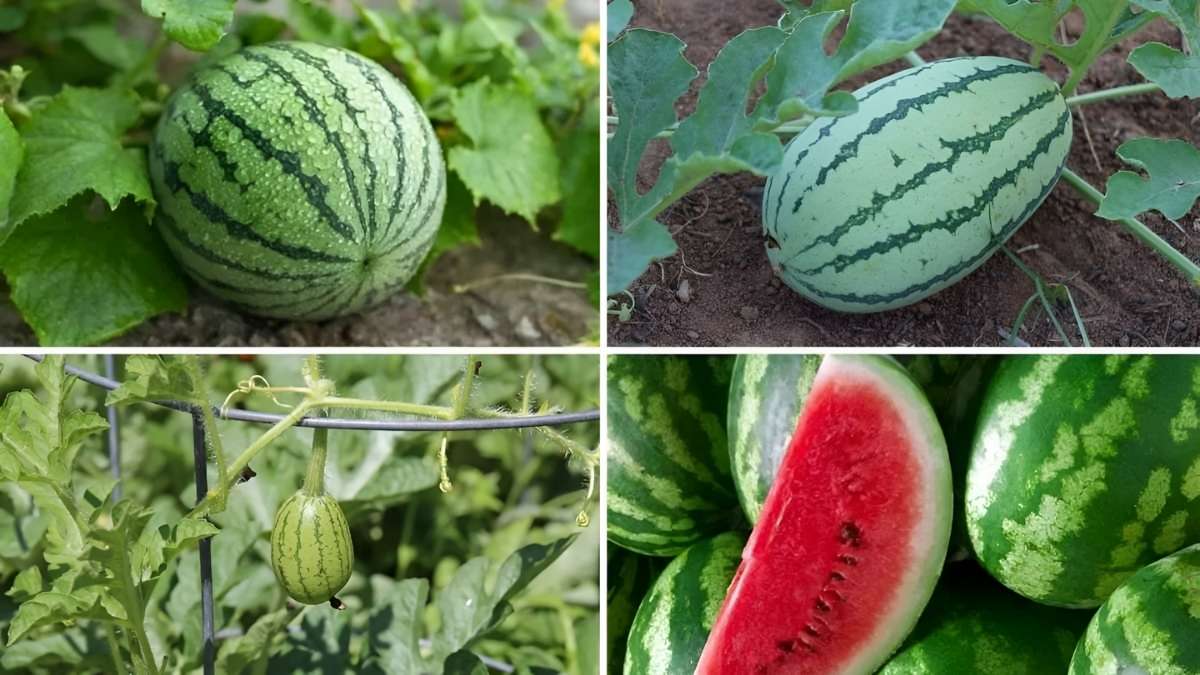Watermelon is a juicy, refreshing fruit that many people love to enjoy during the summer. Growing watermelon at home can be a fun and rewarding experience. However, not everyone has the space needed to grow these large, spreading vines. That’s where vertical gardening comes in. With the right setup, you can grow watermelon vertically, saving space while still enjoying a good harvest. This method is ideal for small gardens, balconies, or even backyards with limited room.
In this guide, we’ll explore how to grow watermelon vertically, step by step. You’ll learn about the right varieties, the support structure needed, and how to care for your plants to get the best results.
Understand How to Grow Watermelon
Before starting, it’s important to know the basics of growing watermelon. Watermelon is a warm-season crop that needs full sun and well-drained soil. The plant produces long vines that usually sprawl on the ground. But with vertical gardening, you’ll train these vines to grow upwards using a strong trellis.
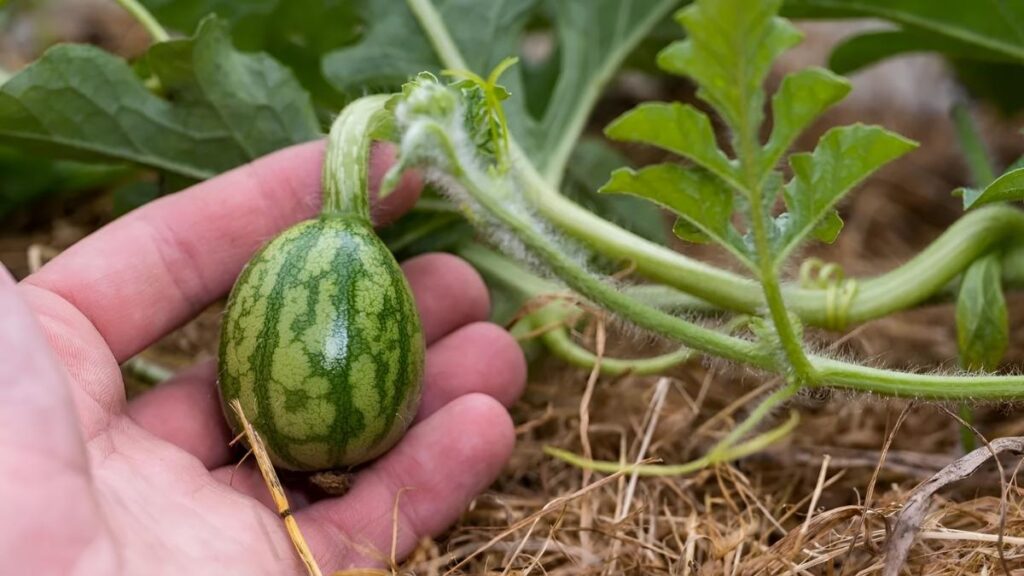
Watermelon plants need a lot of sunlight, usually at least six to eight hours a day. They also need regular watering and some care to protect the fruit as it grows. The key is to choose the right variety and give the plant the support it needs.
Choose the Right Variety
Not all watermelon types are suitable for vertical growing. Large varieties can be too heavy for a trellis. That’s why it’s best to choose small or medium-sized varieties. These include:
- Sugar Baby
- Golden Midget
- Mini Love
- Bush Sugar Baby
These types grow smaller fruits, usually under 10 pounds, which makes them easier to support on a trellis. They also have more compact vines, which are easier to manage in a small space.
Pick a Good Location
Watermelon loves the sun, so pick a spot in your garden that gets plenty of direct sunlight. Whether you’re using a raised bed, a garden plot, or a large container, make sure the area gets at least six hours of sun each day.
Also, make sure the soil drains well. Watermelon roots do not like standing water, so good drainage is very important.
Prepare the Soil
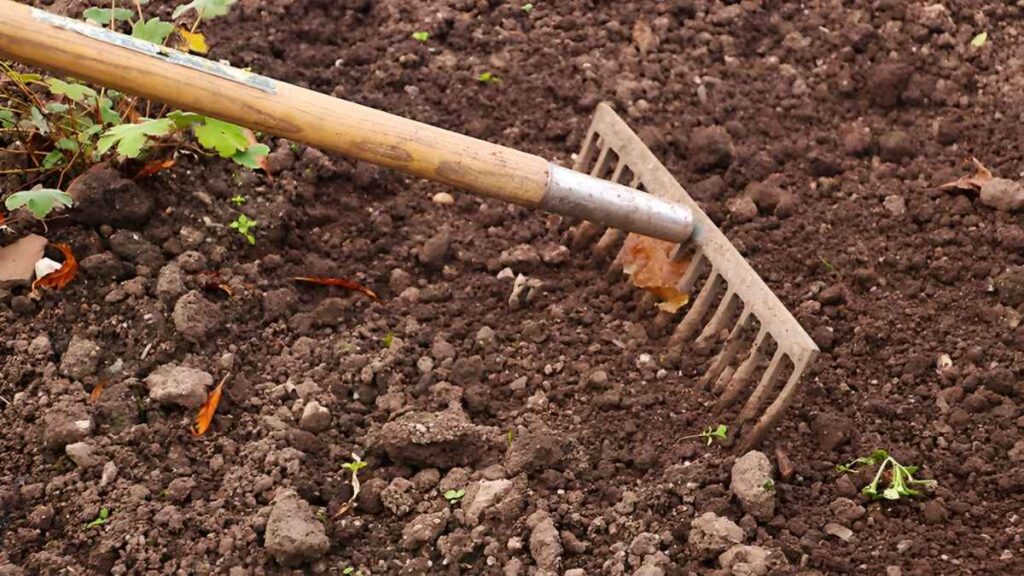
Start by loosening the soil and mixing in compost or well-rotted manure. This will give the plant the nutrients it needs to grow strong. Watermelon prefers slightly sandy, loamy soil that’s rich in organic matter.
You can also add a balanced slow-release fertilizer to support growth during the early stages. Make sure the soil pH is between 6.0 and 6.8 for the best results.
Build a Strong Trellis
Since watermelon vines can grow long and heavy, you’ll need a sturdy support system. A strong trellis made from wood, metal, or a garden fence works well. The structure should be at least five to six feet tall and able to handle the weight of the plant and fruit.
You can use different styles such as A-frame trellises, vertical ladders, or even netting between posts. As the vines grow, gently guide and tie them to the trellis using soft garden ties or cloth strips.
Start Planting
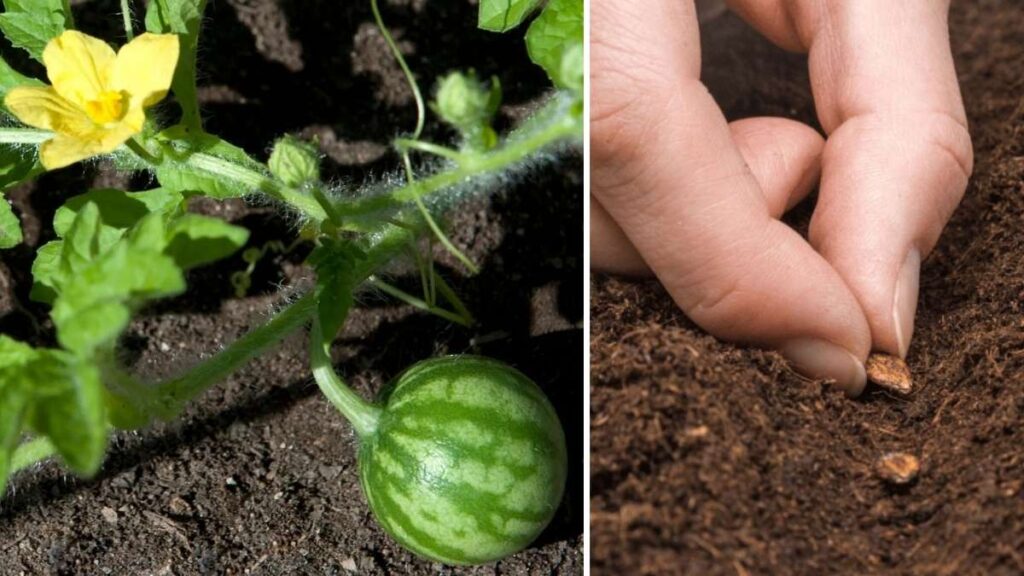
You can start watermelon from seeds or young seedlings. If starting from seeds, plant them directly into the soil once the weather is warm. If using seedlings, transplant them carefully into the prepared soil near the base of your trellis.
Plant the seeds about one inch deep and space them at least two feet apart. Water well after planting and keep the soil moist but not soggy.
Train the Vines
As your watermelon plant grows, begin training the vines to climb the trellis. Use soft ties to attach the vines gently, making sure not to damage the stems. Keep checking the plant as it grows and continue tying the vines higher up the trellis.
Be careful to guide the vines without forcing them. This helps the plant stay healthy and reduces stress.
Support the Growing Fruit
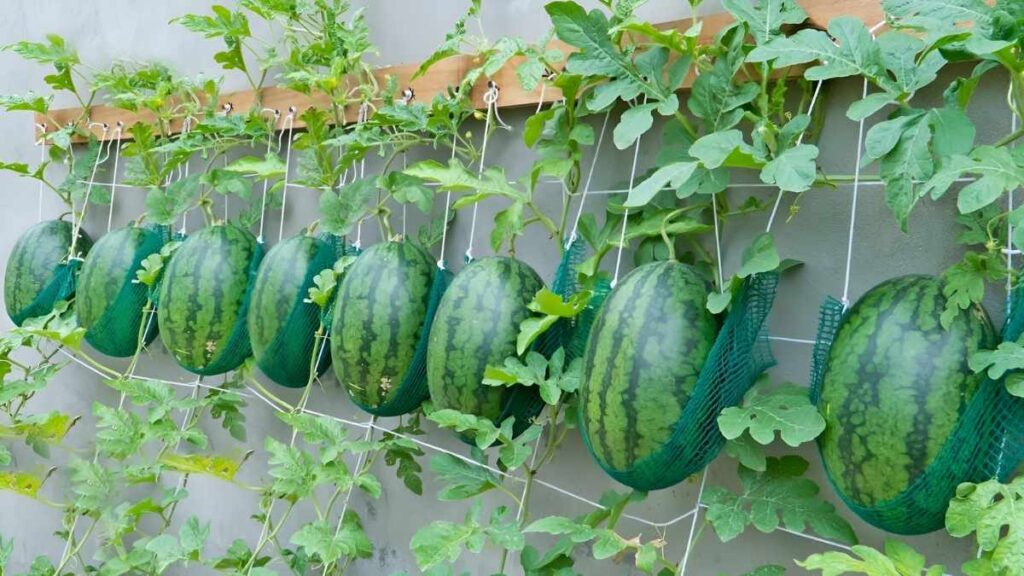
When the watermelons start to grow, they’ll become heavy. Hanging fruit can put a lot of strain on the vines. To prevent damage, create a sling or hammock under each fruit using cloth, mesh, or old T-shirts. Tie the ends of the sling to the trellis so it can hold the weight.
This method keeps the fruit off the ground, reduces rot, and protects it from pests.
Water and Feed Regularly
Watermelon plants need a lot of water, especially during flowering and fruit development. Water deeply two to three times a week, depending on the weather. Try to keep the soil consistently moist.
Feed your plants with a balanced liquid fertilizer every couple of weeks during the growing season. As the fruit starts forming, you can switch to a fertilizer with more potassium to help with fruit development.
Keep an Eye on Pests and Diseases
Watch out for pests like aphids, cucumber beetles, and spider mites. You can use neem oil or insecticidal soap if you notice any signs of pests. Also, make sure there’s good air circulation around the plant to prevent diseases like powdery mildew.
Removing dead or yellowing leaves can help improve airflow and keep the plant healthy.
Harvest at the Right Time
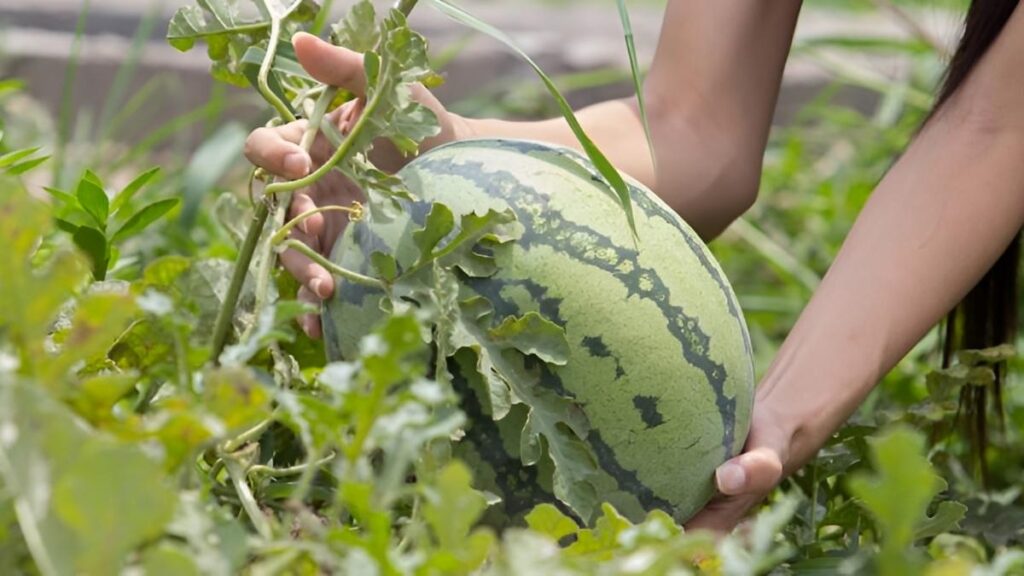
Most watermelon varieties are ready to harvest in about 70 to 90 days. Look for signs like a dry tendril near the stem, a dull sound when you tap the fruit, and a yellow spot where it rested.
Don’t pick the fruit too early, or it won’t be sweet. Once it’s ripe, cut the stem with a sharp knife or pruner and enjoy the fruits of your labor.
Enjoy Your Home-Grown Watermelon
Growing watermelon vertically is a smart way to save space and still enjoy this summer favorite. It may take a bit of effort to set up the trellis and care for the plant, but the reward is well worth it. With the right variety and proper care, you can grow delicious watermelon even in a small garden.
Vertical gardening also adds a green, attractive look to your space. So whether you have a tiny backyard or a balcony garden, don’t let limited space stop you from growing your own watermelon.

